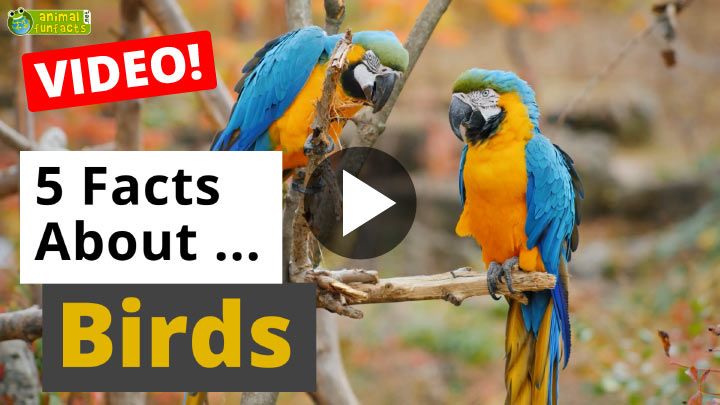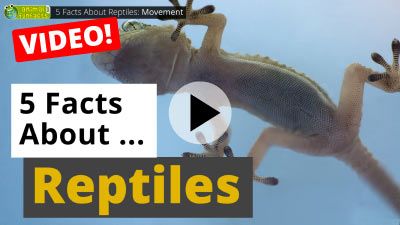Video: All About Birds
Do all birds fly? Well, what else do they have feathers for? In fact not all of them can fly but some of them can dive incredibly deep or run extremely fast! There are even birds that hibernate. Usually only mammals do that! More about the special features of birds in this video!
(Video opens on YouTube)
Here we offer a transcript of the video:
1. All Birds Have Feathers
Similarly to our hair and fingernails, feathers consist of keratin. Birds use their feathers not only for flying. They serve many different tasks. They keep the birds warm, enable them to fly, assist in climbing up and down trees, serve as a disguise or as an adornment. The flight feathers on arms and hands are like the wing of an airplane and the tail feathers are similar to the rudder of a ship.
2. All Birds Have Wings
But not all bird can fly, for example Ostriches, which belong to the ratite family. They can run very fast, but they cannot fly. They are to heavy for that. The same applies to rheas and emus. They are unable to fly, too, but can run very fast. Penguins can neither fly nor walk, but they are very good swimmers. The gentoo is five times faster under water than the crawling world champion: it can swim as fast as 22 mph (36 km/h). There are also birds that are good at climbing. The woodpecker does not only use its claws for climbing, but also its tail feathers and its bill.
3. All Birds Have Bills
Like the feathers, the bill consists of keratin. Birds do not use their bills for chewing, but as a gripping tool, to bite things in two, to filter water and to drink. There are many different kinds of bills. They can look similar to a rhino horn, like cooking spoons, like a shoe or a drinking straw. Among all birds, the great white pelican has the longest bill. It measures 20 inch (49 cm) in length.
4. All Birds Lay Eggs
Birds‘ egg shells consist of chalk. Hummingbirds lay the smallest eggs. The eggs of the bee hummingbird are about 0.2 inch (5 mm) long and weigh between 0.0008 and 0.001 oz (25 and 40 mg). Ostriches lay the biggest birds‘ eggs. They weigh up to 5.5 lb (2.5 kg) and are so hard, that a human adult can stand on them without breaking them. Not all eggs are white or brown. The thrush, bullfinch, starling and blackbird are bird species that lay blue eggs. Emus lay green eggs, oyster-catchers speckled eggs.
5. All Birds are Warm-Blooded
There are only two bird species that can reduce their body temperature. One of them is the hummingbird. It always needs energy. But it can’t eat during the night. Therefore, it reduces its body temperature and enters a kind of night-time torpor. This helps it to save energy. Its body temperature goes down from 104 degrees Fahrenheit (40 degrees Celsius) to 64.4 degrees Fahrenheit (18 degrees Celsius). The common poorwill also is an exception. It hibernates for several weeks at a temperature lower than 50 degrees Fahrenheit (10 degrees Celsius).
The animalfunfacts Roundup!
Birds have feathers, a bill, they lay eggs and are warm-blooded animals.









